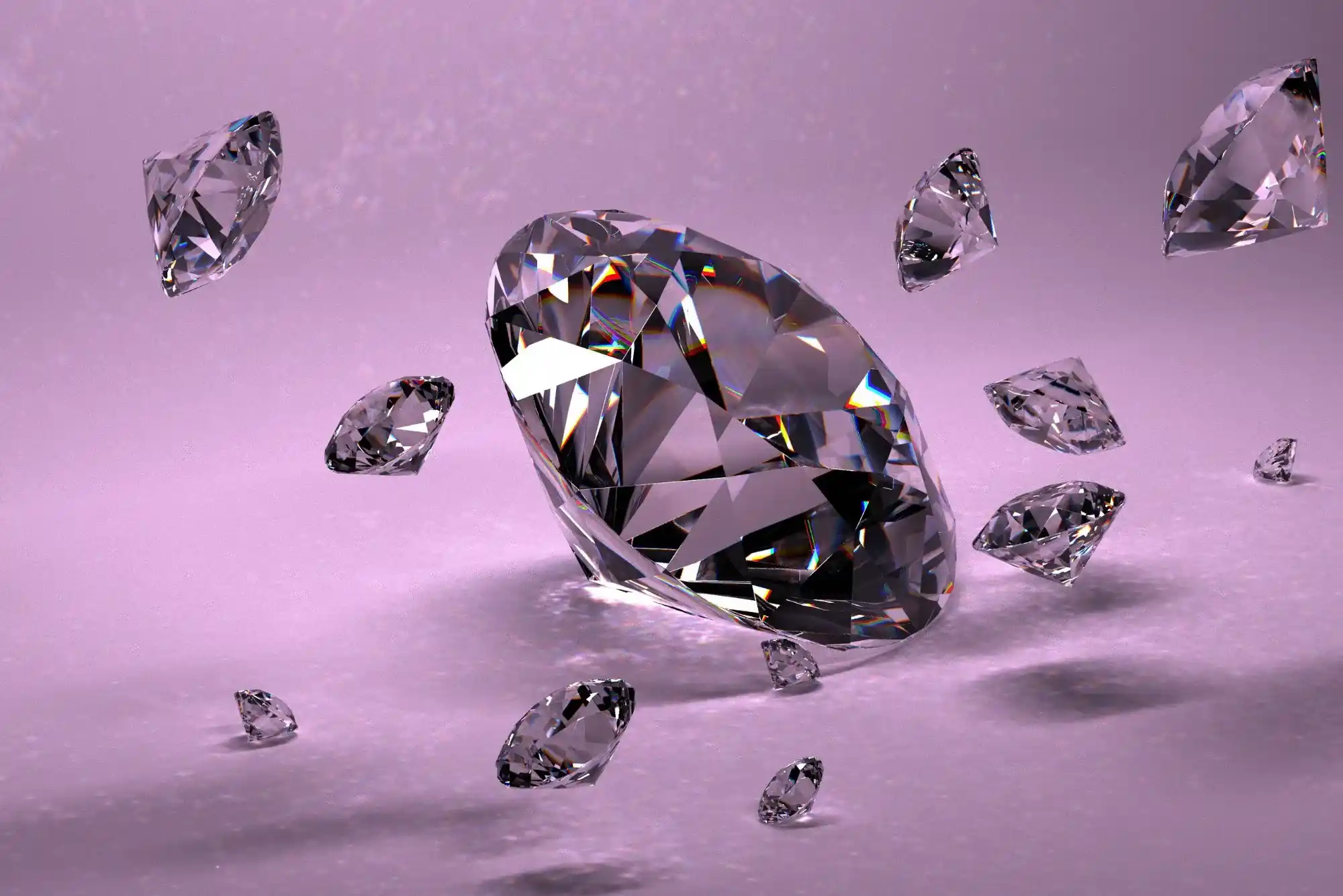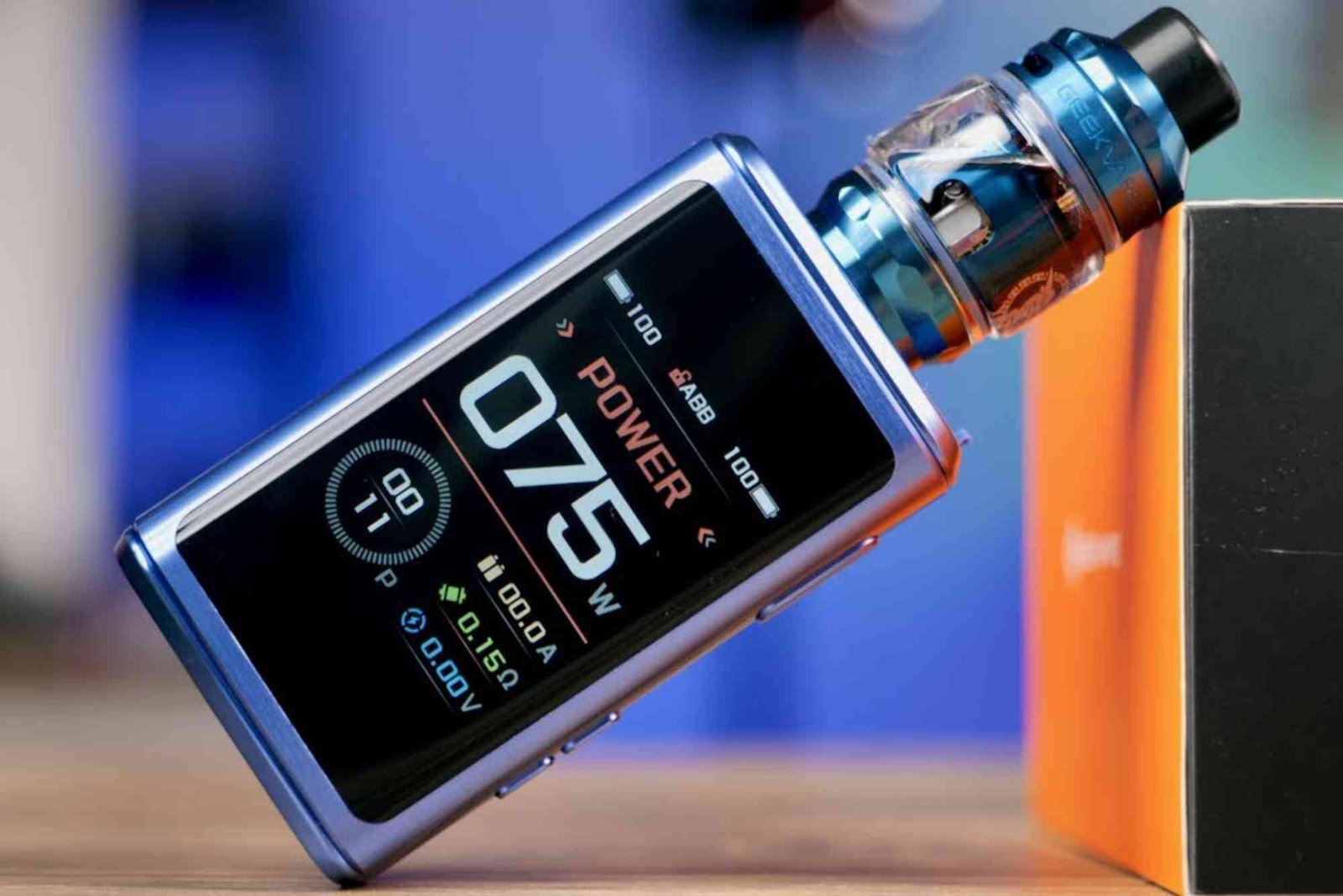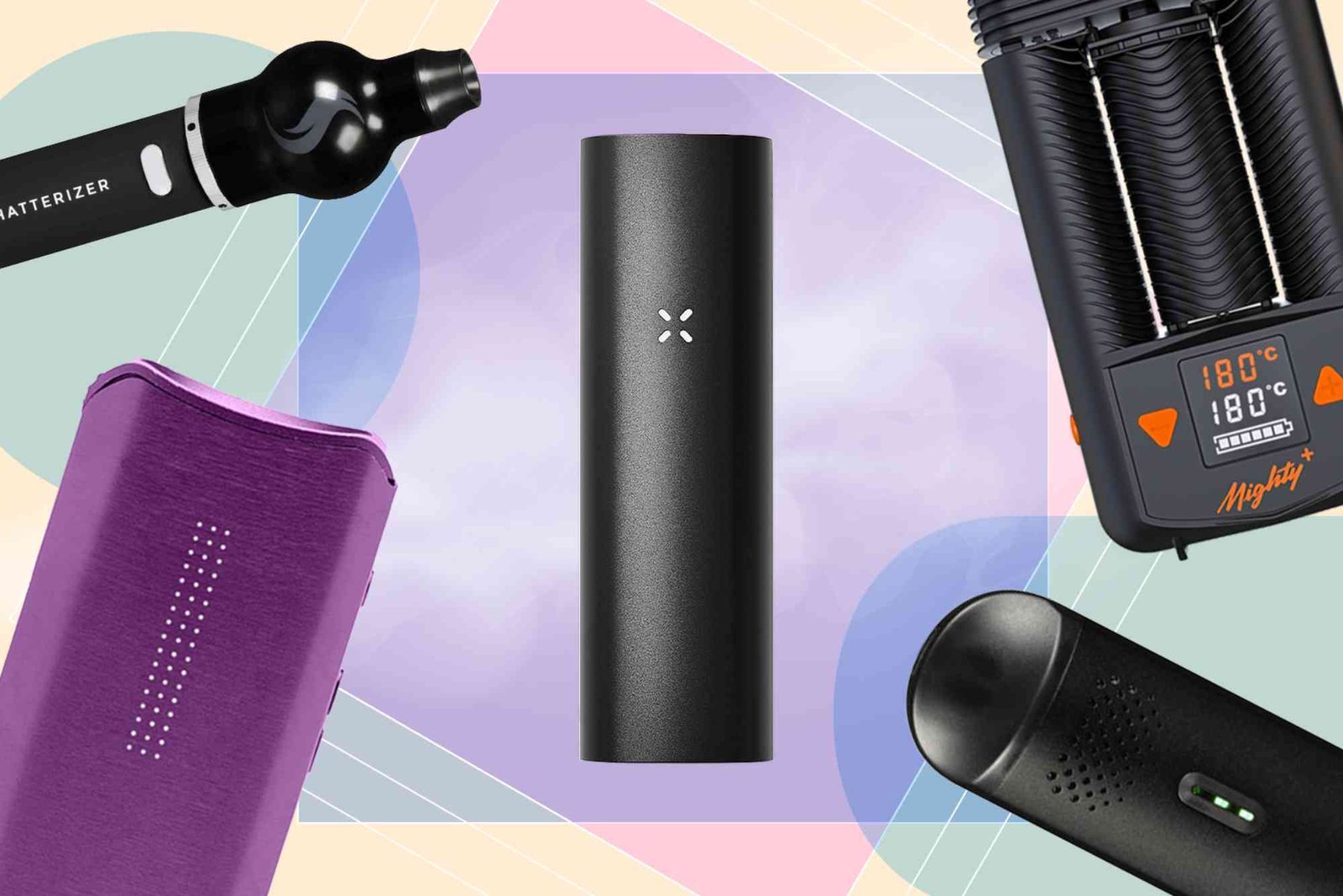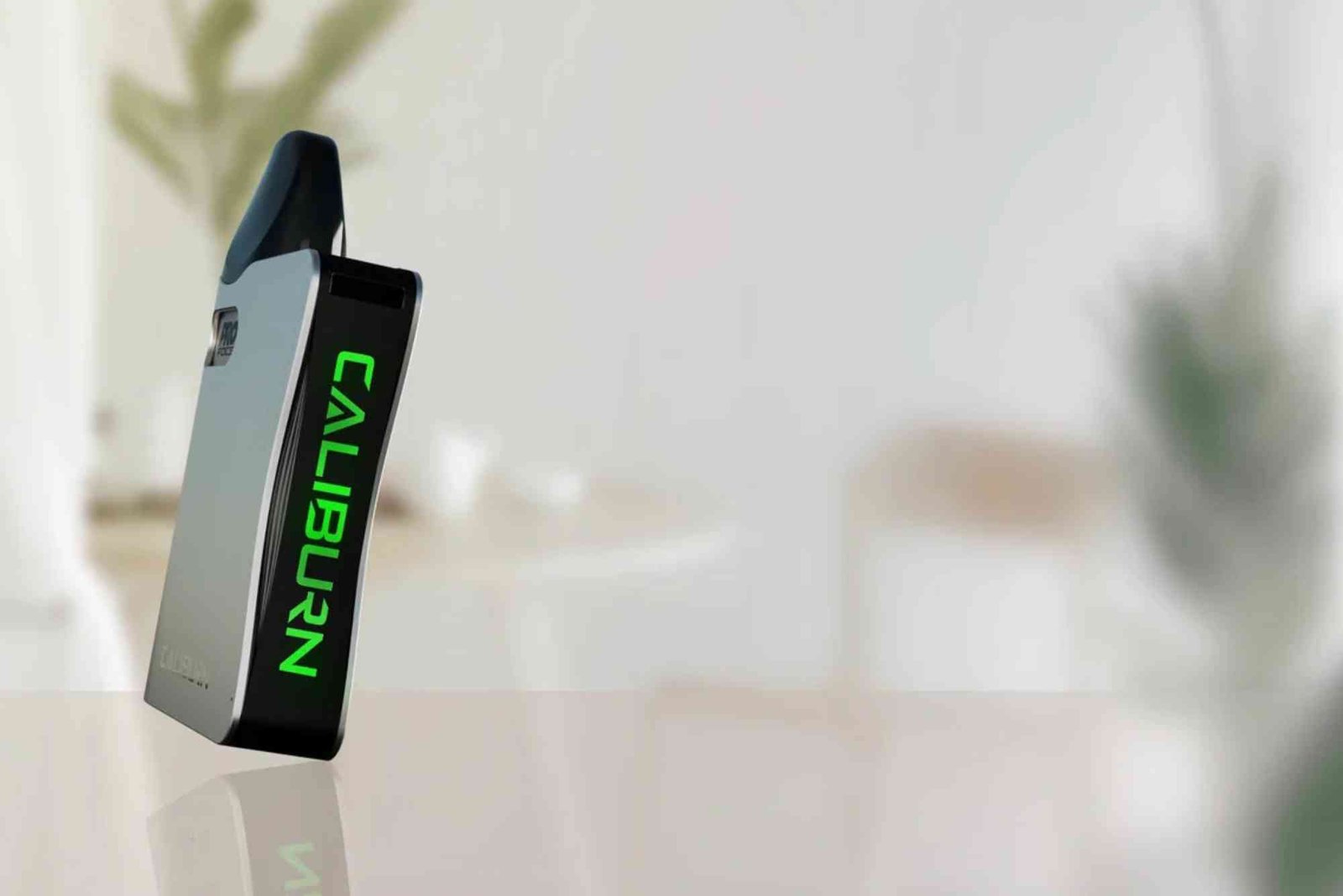Understanding Diamond Investment
Diamonds have long been symbols of elegance and prestige. Beyond their aesthetic value, they also serve as valuable assets that can appreciate over time. Whether you are considering a diamond for an engagement ring, a family heirloom, or a personal investment, understanding the nuances of diamond purchasing is crucial. From assessing quality to selecting the right metal for your jewelry, being an informed buyer will ensure you get the best value for your money.
The Four Cs: A Critical Guide
The fundamental factors influencing a diamond’s quality and price are known as the Four Cs: Cut, Color, Clarity, and Carat weight. Each of these aspects plays a significant role in determining the beauty and value of the stone.
Cut: The Reflection of Brilliance
The cut of a diamond affects how light is reflected within the stone, giving it that sought-after sparkle. A well-cut diamond will maximize light return, creating a dazzling effect. Popular cuts include round, princess, oval, and cushion, each offering a unique aesthetic appeal.
Color: The Purity of Hue
Diamonds range in color from completely colorless (D-grade) to light yellow or brown (Z-grade). Colorless diamonds are rarer and, therefore, more expensive. However, fancy-colored diamonds such as pink, blue, and yellow have gained popularity for their uniqueness and high investment potential.
Clarity: The Presence of Inclusions
Clarity refers to the presence of internal or external flaws, known as inclusions and blemishes. Diamonds with fewer imperfections are considered more valuable. The clarity grading scale ranges from Flawless (FL) to Included (I), with various grades in between.
Carat Weight: The Size Factor
Carat weight measures a diamond’s size. While larger diamonds often hold more value, the other three Cs significantly influence the overall worth. A well-cut, high-clarity, and nearly colorless diamond of a smaller carat weight can be more valuable than a larger but lower-quality diamond.
Natural vs. Lab-Grown Diamonds
Lab-grown diamonds have emerged as a sustainable and budget-friendly alternative to mined diamonds. These stones possess the same physical, chemical, and optical properties as natural diamonds but are created in controlled environments. Lab-grown diamonds typically cost 30-40% less than their mined counterparts, making them an excellent option for savvy shoppers.
For those seeking stylish accessories, lab diamond bracelets offer a blend of affordability and luxury. You can explore stunning options at where modern craftsmanship meets sustainability.
Choosing the Right Metal for Your Diamond
Selecting the appropriate metal setting for your diamond is essential for enhancing its beauty and durability. The two most popular choices are gold and platinum, each with unique benefits.
Gold: Classic and Versatile
Gold comes in various hues, including yellow, white, and rose. Yellow gold complements traditional styles, while white gold offers a sleek, modern look. Rose gold is a trendy option that exudes warmth and romance. Gold settings are generally more affordable than platinum but may require occasional re-plating.
Platinum: Durable and Hypoallergenic
Platinum is a naturally white metal that enhances a diamond’s brilliance. It is highly durable, resistant to tarnishing, and hypoallergenic, making it an excellent choice for individuals with sensitive skin. While platinum is more expensive than gold, its longevity and low maintenance make it a worthwhile investment.
Budgeting for Your Diamond Purchase
Setting a budget before purchasing a diamond ensures that you get the best quality within your price range. Consider the following factors when determining your budget:
- Prioritize cut quality, as it greatly impacts a diamond’s brilliance.
- Opt for near-colorless diamonds (G-H grade) instead of completely colorless (D-F grade) to save costs without sacrificing beauty.
- Slight inclusions (VS1-VS2 clarity) are often invisible to the naked eye but significantly lower the price.
- Lab-grown diamonds provide an affordable alternative without compromising on quality.
Investing in lab diamond bracelets is a cost-effective way to incorporate timeless elegance into your jewelry collection.
Avoiding Common Mistakes When Buying Diamonds
While purchasing a diamond, avoid these common pitfalls:
- Failing to Research: Understanding the Four Cs and market trends is crucial.
- Overlooking Certification: Always purchase diamonds certified by reputable organizations such as GIA or IGI.
- Compromising on Cut: A poor cut diminishes a diamond’s brilliance, even if other aspects are high quality.
- Buying on Impulse: Take your time to compare options and consult experts before making a final decision.
Final Thoughts: Making an Informed Purchase
Buying a diamond is a significant investment that requires careful consideration. Whether you choose a natural or lab-grown diamond, understanding the Four Cs, metal options, and budget-friendly strategies will help you make a confident purchase. Remember, high-quality diamonds are timeless pieces that can be cherished for generations, making them a worthwhile addition to your jewelry collection.





